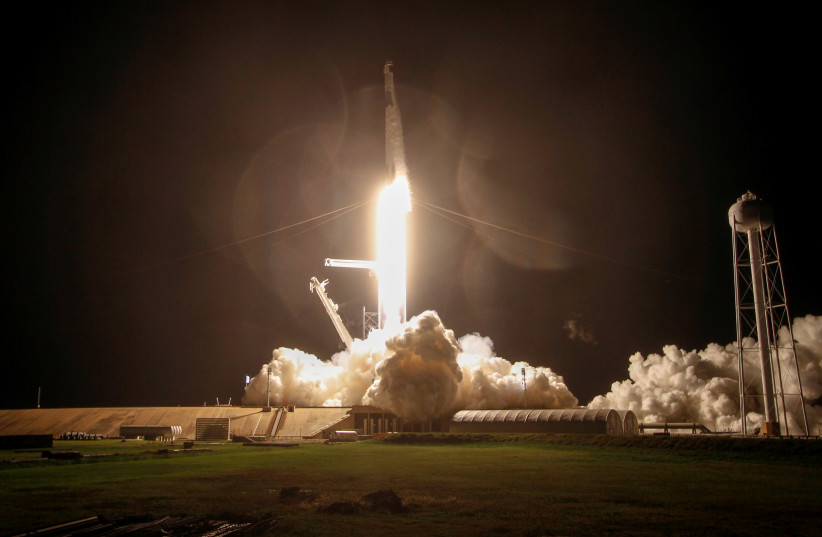NASA will launch two sounding rockets from northern Australia during the first half of this month in order to help astronomers understand how starlight influences a planet's atmosphere, the space agency reported this week.
The rockets will follow another two rockets that have already been launched as part of an exploration to understand how starlight influences a planet's ability to support life.
The rocket launches will focus on two sun-like stars near our sun, Alpha Centauri A and B, because of their ultraviolet light which is essential for life in very specific amounts. Too much ultraviolet light can erode the atmosphere, NASA explained.
“Ultraviolet radiation from the Sun played a role in how Mars lost its atmosphere and how Venus turned into a dry, barren landscape,” said University of Colorado astronomer Brian Fleming.
“We need to understand the stars so that we can understand any planets we find there,” said fellow CU astronomer Kevin France.

DEUCE and SISTINE missions
In order to help scientists better understand how starlight works in their mission to find other habitable planets, the two rocket missions, DEUCE (Dual-channel Extreme Ultraviolet Continuum Spectrograph) and SISTINE (Suborbital Imaging Spectrograph for Transition region Irradiance from Nearby Exoplanet host stars), will take measurements of the ultraviolet light emitted by Alpha Centauri A and B.
The measurements will then be compared to the Sun, which is the only star in the galaxy for which astronomers have full ultraviolet measurements.
“Looking at Alpha Centauri will help us check if other stars like the Sun have the same radiation environment or if there are a range of environments,” France said.
“We have to go to Australia to study it because we can’t easily see these stars from the northern hemisphere to measure them.”
Astronomer Kevin France
“We’re excited to be able to launch important science missions from the Southern Hemisphere and see targets that we can’t from the United States,” said NASA's Heliophysics Division director Nicky Fox.
A third mission was launched this week with the goal of studying X-rays emanating from the clouds of gases and particles in interstellar space.
NASA explained that while the space between stars in the night sky seems dark to the human eye, X-ray sky images show that there is actually a lot of activity there.
